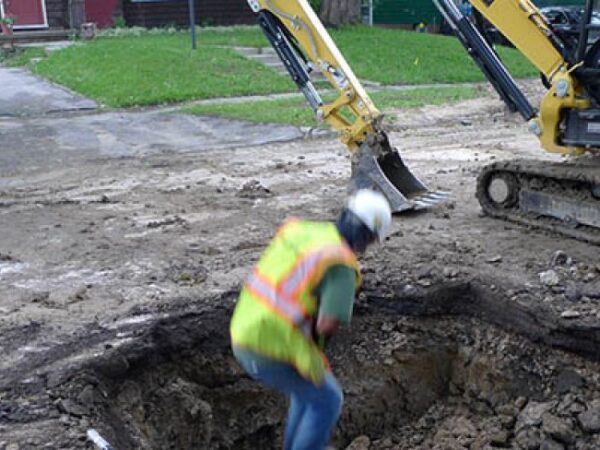
This article was republished here with permission from Planet Detroit.
By Brian Allnutt, Planet Detroit
Darren Riley noticed poor air quality across much of Michigan this week when off-the-shelf air monitors from companies like IQAir and PurpleAir showed readings as high as 154 for PM 2.5 (fine particulate matter) in Detroit on Sunday – putting the monitors in the red or ‘unhealthy’ range on the Air Quality Index (AQI).
According to the official Environmental Protection Agency AirNow website, Detroit’s air was in the moderate range on Monday, Jan. 8 and good range on Sunday. However, an EnviroFlash reading from EPA and Michigan’s Department of Environment, Great Lakes, and Energy said there was an hourly reading of 102, or ‘unhealthy for sensitive groups’ on Sunday morning in Detroit. This was the third EnviroFlash reading above 100 in Detroit this year.

Purple air monitors Real Time Air Quality Map showed unhealthy air quality the morning of January 7, 2024. (Screenshot from https://map.purpleair.com/1/mAQI/a10/p604800/cC0#9.03/42.4414/-83.4345)
Despite these readings, EGLE hasn’t issued any air quality advisories yet this winter.




